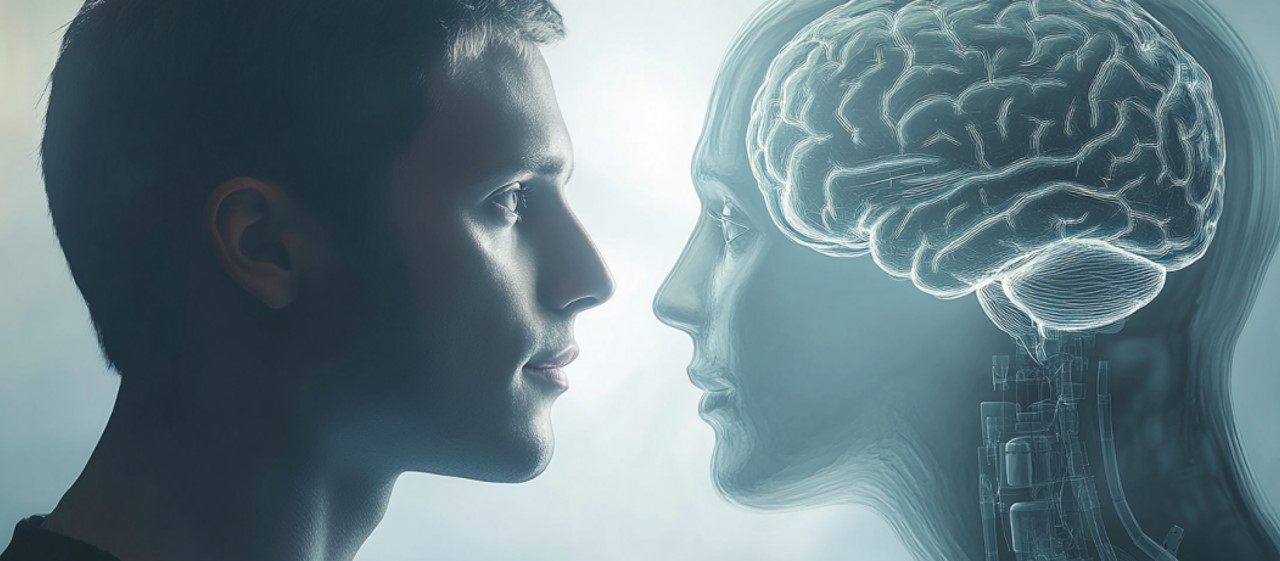
The most effective approach to patent👉 A legal right granting exclusive control over an invention for a limited time. searching in today’s complex technological landscape lies in the synergistic combination of human expertise and artificial intelligence. This chapter explores how the strengths of both human intelligence and AI can be leveraged to create a more powerful and efficient patent search👉 A systematic review of patents literature. process.
Complementary Strengths
Human intelligence and artificial intelligence bring distinct yet complementary strengths to the patent search process. AI excels at rapidly processing vast amounts of data, identifying patterns, and generating initial search results. On the other hand, human experts bring contextual understanding, creative thinking, and the ability to make nuanced judgments.
AI’s strengths include:
- Processing speed: AI can analyze millions of patent documents in seconds.
- Pattern recognition: AI can identify trends and relationships across large datasets.
- Consistency: AI applies the same criteria uniformly across all documents.
Human strengths include:
- Contextual understanding: Humans can grasp the broader implications of an invention👉 A novel method, process or product that is original and useful..
- Creative thinking: Humans can make intuitive leaps and connections between disparate concepts.
- Judgment: Humans can assess the relevance and quality of search results based on complex criteria.
By combining these strengths, we can create a patent search process that is both comprehensive and nuanced. For example, AI can quickly generate an initial set of potentially relevant patents, which human experts can then review and refine based on their understanding of the invention’s context and potential applications.
Interactive Refinement
One of the key advantages of combining human and artificial intelligence is the ability to engage in an interactive refinement process. This iterative approach allows for continuous improvement of search results, leading to more accurate and relevant outcomes. The process typically involves the following steps:
- AI generates initial search results based on input parameters.
- Human experts review these results and provide feedback.
- AI refines its search based on this feedback, incorporating new insights.
- The cycle repeats, with each iteration improving the quality of results.
This interactive refinement process leverages the strengths of both AI and human intelligence. AI can quickly adjust its search parameters and reanalyze large datasets, while humans can provide the critical thinking necessary to guide the search in the most promising directions. For example, a human expert might notice that the initial AI-generated results include patents from an unexpected but relevant field. They can then instruct the AI to explore this area further, potentially uncovering valuable prior art that might have been missed in a purely automated search.
Quality Control and Validation
While AI can significantly speed up the patent search process, human expertise remains crucial for ensuring the quality and relevance of the results. Human experts play a vital role in validating and contextualizing the findings generated by AI systems. Key aspects of human-led quality control include:
- Relevance assessment: Humans can determine whether patents identified by AI are truly relevant to the invention in question.
- False positive elimination: Experts can identify and remove irrelevant results that may have been included due to AI misinterpretation.
- Contextual analysis: Human researchers can understand the broader implications of a patent beyond its literal text.
This quality control process ensures that the final search results are not only comprehensive but also highly relevant and actionable. It combines the efficiency of AI-driven searches with the discernment of human expertise.
Continuous Learning and Improvement
The synergy between human and artificial intelligence in patent searching creates a powerful feedback loop that drives continuous improvement. As AI systems interact with human experts, they can learn from these interactions and improve their performance over time. This continuous learning process involves:
- Refining search algorithms based on human feedback
- Improving natural language processing capabilities to better understand patent language
- Enhancing pattern recognition to identify more subtle relationships between patents
At the same time, human experts can learn from AI-generated insights, expanding their knowledge and improving their ability to guide future searches. This mutual learning process leads to increasingly sophisticated and effective patent search capabilities over time.
Future Outlook
As AI technology continues to advance, we can expect even greater synergies between human and artificial intelligence in patent searching. Emerging trends include:
- More sophisticated natural language processing, allowing AI to better understand and interpret patent language
- Improved machine learning algorithms that can more accurately predict which patents are likely to be relevant
- Enhanced visualization tools that can help human experts more easily navigate and understand complex patent landscapes
However, it’s important to note that while AI capabilities will continue to grow, the role of human expertise in patent searching is likely to remain crucial. The most effective patent search strategies of the future will likely be those that continue to leverage the unique strengths of both human and artificial intelligence. In conclusion, the synergy between human and artificial intelligence represents the future of patent searching. By combining AI’s processing power and pattern recognition capabilities with human expertise and judgment, we can create more efficient, accurate, and insightful patent search processes. This collaborative approach not only improves the quality of patent searches but also drives innovation👉 Practical application of new ideas to create value. by uncovering new connections and opportunities that might otherwise be missed.